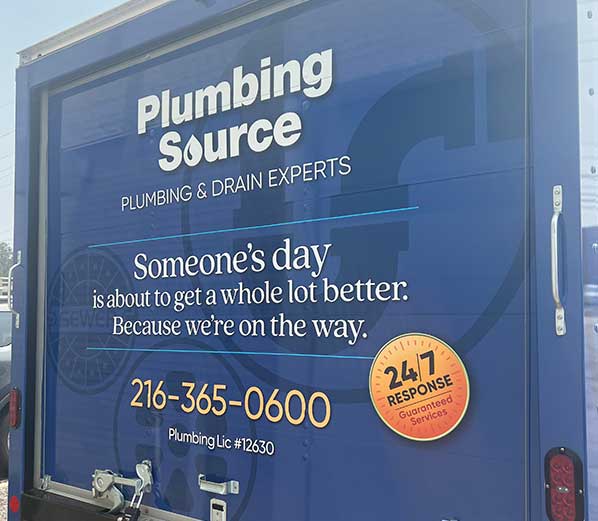Difference Between Traditional and Tankless Water Heaters
Water heaters are an essential feature in today’s homes. Whether you’re looking to install a new water heater or replace one, the first question that arises is whether to go for a traditional or tankless model.
Traditional water heaters pre-heat 30 to 50 gallons and store it in a tank for showering, washing, and laundry. After disbursing all the water, the tank refills to be reheated.
Tankless water heaters work quite differently. These mechanisms use electricity or gas to heat water immediately for use whenever you need it. It doesn’t store hot water in a tank, and it doesn’t need to be filled and reheated like a traditional model.
Each water heater has its advantages, and understanding the difference between the two will help you make the right choice.
Traditional vs. Tankless Water Heaters
Let’s compare traditional water heaters and tankless water heaters in terms of cost, energy efficiency, maintenance, and other factors so that you can make a more informed purchasing decision.
Initial Cost
The first consideration when choosing the type of water heater is the up-front costs and installation. Traditional water heaters are often less expensive than their tankless counterparts.
Conventional heaters typically cost less than that of a tankless option. Tankless water heaters also tend to have higher installation costs because you’ll need electrical outlets, a new ventilation system, and upgraded gas lines.
Energy Efficiency
Why would you pay more for initial costs on tankless water heaters? The answer partly lies in potential energy savings.
Tankless water heaters are usually more energy-efficient, saving you a significant amount of money on utility bills in the long term. According to Energy.gov, homes that use up to 41 gallons of hot water daily will enjoy about 24 to 34% improvement in energy efficiency with tankless water heaters.
Tankless heaters will be 8 to 14% more energy-efficient for homes that use an average of 86 gallons a day.
According to the US Department of Energy, an electric tankless heater saves about $44 annually, while a gas-fired heater will save you at least $100. According to ENERGY STAR, a typical household can save more than $100 a year in water heating costs using an ENERGY STAR-approved tankless water heater.
Durability
A conventional water heater lasts 10 to 12 years. Low-quality water and sediment are the primary reason for the short lifespan, as corrosion from the water and mineral accumulations wear the valves and the tank. You can prolong the tank’s lifespan by draining the water and cleaning sediments regularly.
Tankless water heaters have a lifespan of almost double this—about 20 to 30 years—if maintained well. This type of heater usually doesn’t rust or suffer under mineral accumulation because it isn’t constantly subjected to standing water. It does eventually have some problems with mineral deposits if you live in an area with hard water, though.
Maintenance and Repairs
Surprisingly, traditional tank heaters require lower maintenance than tankless water heaters. The major maintenance requirement is to drain the heater every few years to clean the sediment before refilling.
Tankless water heaters need regular, annual maintenance to ensure they function efficiently. Numerous internal components need to stay in top condition to ensure the proper running of the heaters. Manufacturers generally provide recommended maintenance schedules for specific models.
When it comes to repairs, traditional water heaters are often simpler to repair and replace. It has fewer components, making repairs relatively affordable if something goes wrong. Tankless water heaters are more complex, and repairs more challenging, time-consuming, and expensive.
Pros and Cons of Traditional Water Heaters
Pros
- Lower upfront costs–conventional heaters are less expensive to buy and install.
- Easy installation–a traditional version is often easier to install because most homes are designed for tank-based water heaters.
- Convenience–large tanks ensure a reliable supply of hot water.
Cons
- Shorter lifespan–traditional heaters last only half as long as tankless models
- Higher operation costs–constant reheating increases utility bills
- Bulky–traditional heaters require lots of space for the storage tank
Pros and Cons of Tankless Water Heaters
Pros
- Energy-saving–tankless heaters consume up to 25% less energy
- Space savvy–the small size promotes installation flexibility
- Durable–proper maintenance ensures tankless heaters last at least 20 years
- Dual power sources–tankless heaters are available in electric and gas models
Cons
- Higher initial costs–a tankless heater costs twice as much as a conventional model (purchase and installation)
- Required upgrades–installing a tankless heater sometimes require upgrading electric or gas lines
Choosing between traditional and tankless water heaters can be challenging, but both options have unique advantages. Our professionals have been serving the Cleveland area for more than three decades, and we are happy to help you make the right decision for your water heater.
For professional water heater services in the Cleveland area, call The Plumbing Source at 877-768-7239.
When you call The Plumbing Source, you made the RIGHT call!
Plumbing emergency? We respond any time!




